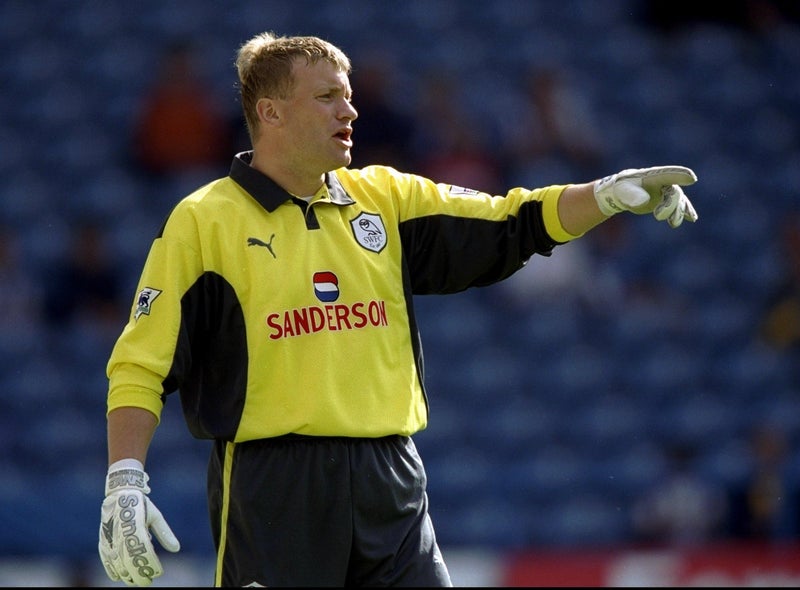- Welcome to Cook'd and Bomb'd.
-
 Is Cancel Culture Over?
by Mister Six
Is Cancel Culture Over?
by Mister Six
[Today at 07:33:56 PM] -
 Snooker 23/24
by Brian Dunklefun
Snooker 23/24
by Brian Dunklefun
[Today at 07:33:43 PM] -
 Jimmy Carr's new Netflix special....
by Armin Meiwes
Jimmy Carr's new Netflix special....
by Armin Meiwes
[Today at 07:33:23 PM] -
 American words/phrases you...
by beanheadmcginty
American words/phrases you...
by beanheadmcginty
[Today at 07:33:18 PM] -
 Who are you voting for in...
by Buelligan
Who are you voting for in...
by Buelligan
[Today at 07:32:30 PM] -
 Obnoxiously American words...
by beanheadmcginty
Obnoxiously American words...
by beanheadmcginty
[Today at 07:32:30 PM] -
 Where the fuck is Mark Lamarr?...
by lauraxsynthesis
Where the fuck is Mark Lamarr?...
by lauraxsynthesis
[Today at 07:26:01 PM] -
 Trans Mania: Graham Linehan...
by Kankurette
Trans Mania: Graham Linehan...
by Kankurette
[Today at 07:25:33 PM] -
 Fern Brady
by Kankurette
Fern Brady
by Kankurette
[Today at 07:24:29 PM] -
 I shouldn't laugh, but
by Kankurette
I shouldn't laugh, but
by Kankurette
[Today at 07:22:43 PM]
Members
 Total Members: 17,826
Total Members: 17,826 Latest: bozza
Latest: bozza
Stats
 Total Posts: 5,581,852
Total Posts: 5,581,852 Total Topics: 106,726
Total Topics: 106,726 Online Today: 871
Online Today: 871 Online Ever: 3,311
Online Ever: 3,311- (July 08, 2021, 03:14:41 AM)
Users Online
 Users: 112
Users: 112 Guests: 564
Guests: 564 Total: 676
Total: 676 Mister Six
Mister Six markburgle
markburgle Aaron500
Aaron500 buttgammon
buttgammon RicoMNKN
RicoMNKN Brian Dunklefun
Brian Dunklefun frajer
frajer Thosworth
Thosworth Deskbound Cunt
Deskbound Cunt robcookd
robcookd Armin Meiwes
Armin Meiwes BritishHobo
BritishHobo machotrouts
machotrouts jobotic
jobotic how do you like apples
how do you like apples Pixel Pusher
Pixel Pusher Funcrusher
Funcrusher beanheadmcginty
beanheadmcginty Pseudopath
Pseudopath theplumps
theplumps Buelligan
Buelligan burst_arm
burst_arm daf
daf BJBMK2
BJBMK2 earl_sleek
earl_sleek andyneal2005
andyneal2005 Elderly Sumo Prophecy
Elderly Sumo Prophecy neveragain
neveragain Ruben Remus
Ruben Remus SteveDave
SteveDave Liberosis
Liberosis gib
gib oilywater
oilywater chutnut
chutnut McDead
McDead sevendaughters
sevendaughters Ron Superior
Ron Superior Jack Shaftoe
Jack Shaftoe matjam13
matjam13 Cuntbeaks
Cuntbeaks shoulders
shoulders Norton Canes
Norton Canes JaDanketies
JaDanketies checkoutgirl
checkoutgirl Alberon
Alberon Jimmy the Harp
Jimmy the Harp perplexingprocrastinator
perplexingprocrastinator Anagram of a Shit Name
Anagram of a Shit Name horse_renoir
horse_renoir Phoenix Lazarus
Phoenix Lazarus WeebleWobble
WeebleWobble Chairman Yang
Chairman Yang Twilkes
Twilkes dontrunyoullfall
dontrunyoullfall SonicMidwife
SonicMidwife RDRR
RDRR phantom_power
phantom_power McChesney Duntz
McChesney Duntz Blofelds Cat
Blofelds Cat magister
magister Wet Blanket
Wet Blanket Kankurette
Kankurette steve98
steve98 Orino
Orino mr. logic
mr. logic Urinal Cake
Urinal Cake AnotherOli
AnotherOli Mx Wrongs
Mx Wrongs ajsmith2
ajsmith2 Zetetic
Zetetic Theotherside
Theotherside The Always Red Society
The Always Red Society SpiderChrist
SpiderChrist Wentworth Smith
Wentworth Smith Mr Balowski
Mr Balowski Snrub
Snrub C_Larence
C_Larence Chollis
Chollis Epic Bisto
Epic Bisto Stone Cold Steve Austin
Stone Cold Steve Austin Cold Meat Platter
Cold Meat Platter oggyraiding
oggyraiding Mrs Wogans lemon drizzle
Mrs Wogans lemon drizzle M-CORP
M-CORP Bentpitch
Bentpitch madwolfinamatchbox
madwolfinamatchbox DreadedScotsman
DreadedScotsmanEarly days of digital film
Started by peanutbutter, January 22, 2022, 01:32:01 PM
Previous topic - Next topic
User actions

